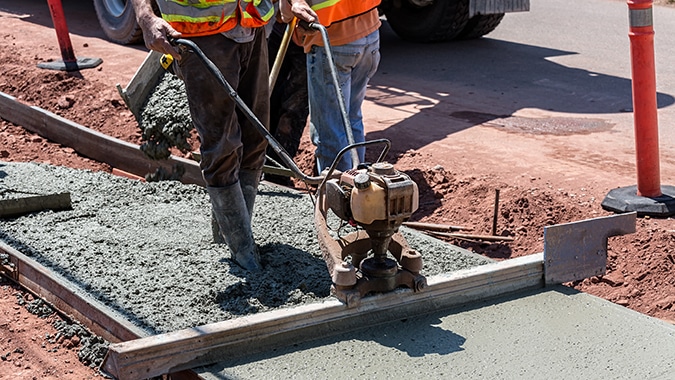The Occupational Safety and Health Administration (OSHA) is right up there with the IRS on the list of government agencies with poor customer satisfaction, but dealing with an OSHA inspection can go a lot smoother if you know what you’re in for. To help, NJBIA put together a seminar called A Crash Course on OSHA.
Here are six takeaways from the presentations.
- You can block OSHA inspectors from entering your workplace, but it’s not a good idea.
If OSHA shows up at your door for an inspection, you can refuse to let them on the property unless they get a warrant. But as Attorney Steve Barnett of Connell Foley explained, OSHA will simply return with a warrant. “Then you have created an adverse situation right off the bat.”
OSHA conducts what are called program inspections based on industry statistics, how many work days are lost and other factors. They also conduct inspections in response to an employee complaint, whistleblower allegation, a tip from another government agency, or even a news story. Either way, OSHA can show the reasons why they want to inspect a particular workplace and should have no problem getting a warrant.
- Your health and safety compliance officer is probably not the best person to assist in the inspection.
“You want to get someone who has been through citations and inspections before,” Barnett said. “It’s a different animal than the compliance support that you do every day.”
If your compliance officer is too forthcoming with OSHA inspectors, it could increase the scope of the inspection. Candid discussions about risks are desirable when the goal is maximizing workplace safety, but for inspections, it’s best to provide inspectors with exactly what they request.
Inspectors have a right to talk to any employee without the employer present, so they have access to plenty of information about how you operate.
- Employers have a general duty to keep workplaces safe.
That’s not a generality. The General Duty clause requires employers to provide a workplace that is free from recognized hazards that are likely to cause death or serious injury. Barnett explained that this clause allows OSHA to cite employers when there is not a specific regulation they can reference. But it’s not wide open. General Duty violations have to be serious violations that are likely to cause injury or death. And if OSHA does issue a general duty violation when there is a specific regulation, it can be a reason to contest the citation.
Speaking of which…
- You have 15 days to contest citations.
If you have grounds to dispute OSHA’s findings, you have to put them in writing and submit them to OSHA within 15 days of receiving them. Barnett advises employers not to go by the postmark, but to have their own system for recording when notices from OSHA are received.
“If you’re on vacation and it came in and sat on your desk, that counts,” Barnett said.
- An employee breaking safety rules is not necessarily a defense for the employer.
Employees have to follow the rules, but the law does not impose penalties on them. If you are cited because your employees weren’t doing what they were supposed to, that may not help you to contest the citation. It’s not enough to have work safety rules, you have to train employees on safety at your workplace and you have to penalize employees who are caught not following them. Even then, citations will probably stand if you don’t keep good records about training and discipline.
“What you will find in every citation are two things—you didn’t train and you didn’t keep records—because those are the easiest things for them to cite,” Barnett said.
- You can (and should) read OSHA’s field manuals
OSHA field manuals explain what inspectors check, what they look for and what they are required to do. They are also available online for anyone to see. Barnett suggests that employers take the opportunity to review them.
“It’s their playbook. It tells the OSHA inspectors exactly what they have to do, what they can cite, how they can cite it, what they do when they when they come to a company for an inspection,” Barnett said.
“If they don’t follow it, it’s a basis to contest the violation.”
